I have had another go at producing little planet images using my fish-eye lens rather than the wide-angle so as to reduce the number of images taken. They were full of stitching errors as you can see from the following photos:
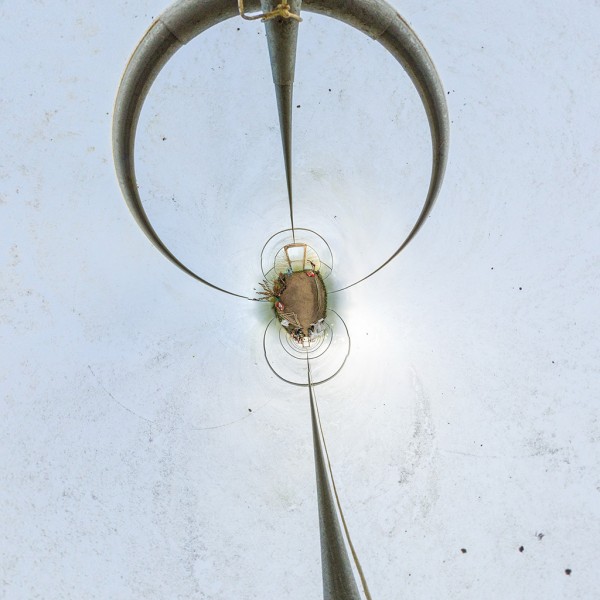
This is taken on a tripod in the polytunnel andshows the basic, complete image. The hoops of the polytunnel form almost complete circles, but the core of the image is to small. Using the stitching program to trim the excess off we get:
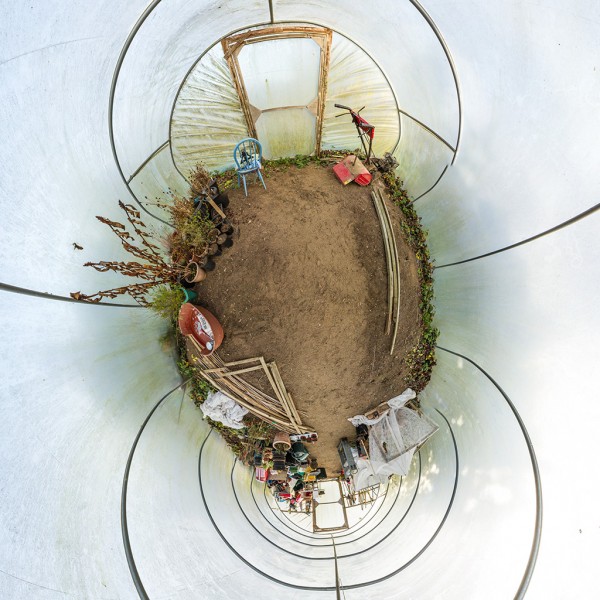
Now we can see the detail of the image. But now the errors are becoming apparent, even at low magnifications:
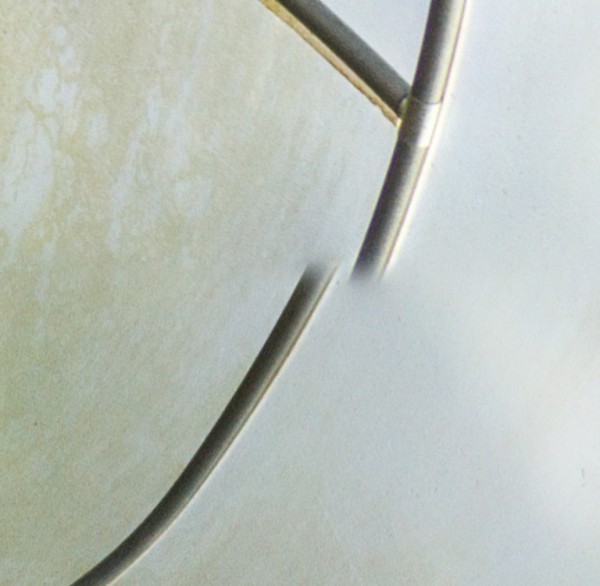
There is a mismatch in the hoop, and next shows part of the hoop disappearing!:
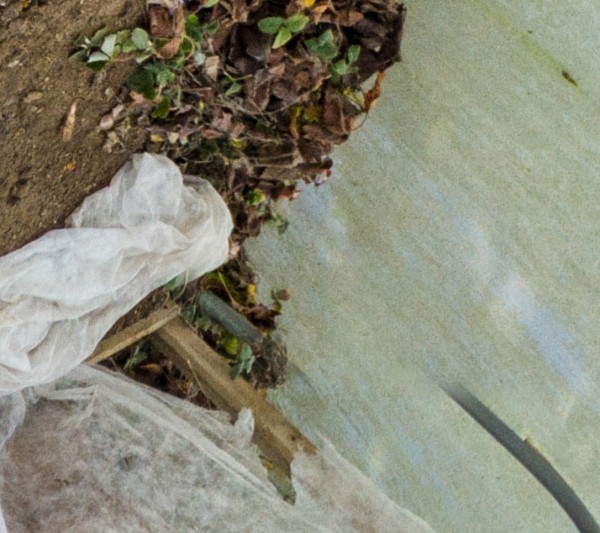
This next set was still in the polytunnel, but from a low viewpoint, about 18 ins off the ground:
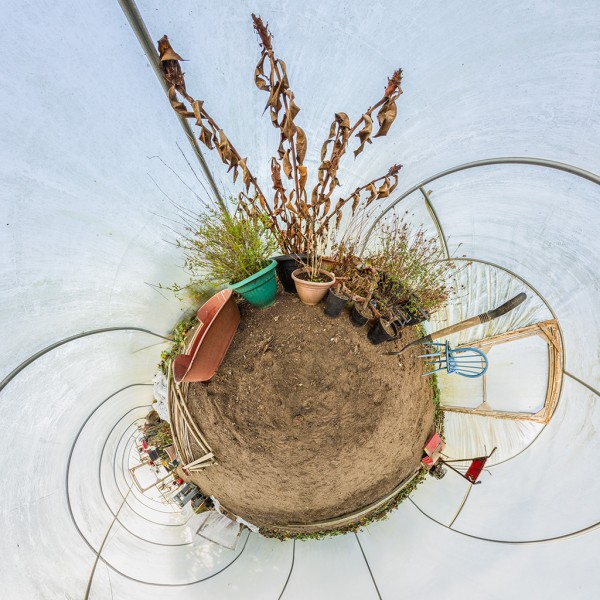
This doesn’t look too bad at this size – this has been cropped by the using the stitching software which has removed some glaring problems, but some still remain:
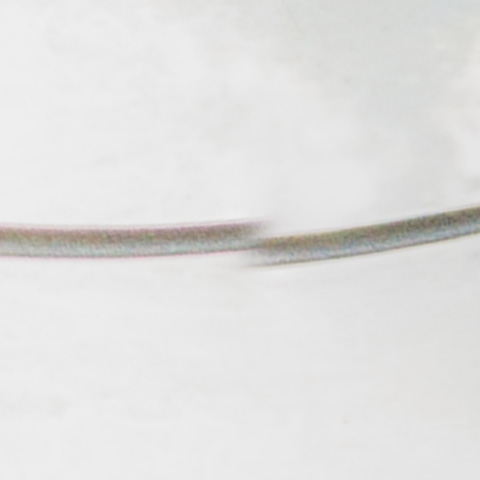
Above shows another problem with the hoop and here we have yet another:
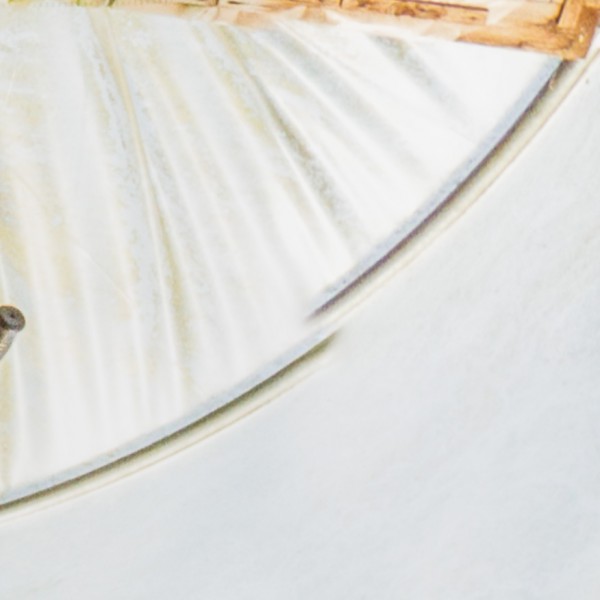
There are other errors…
Still, in the summer, when there is more interest, this approach could produce some interesting views.
I then took one outdoors, again from a low viewpoint:
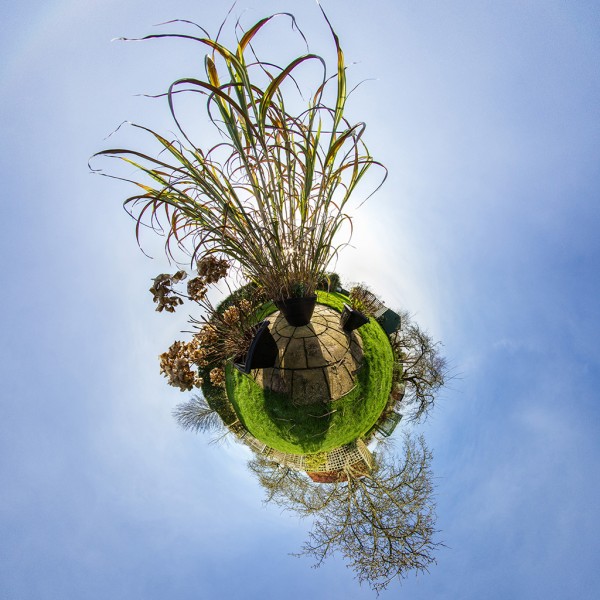
This shows some plants overwintering on a stone circle in the garden. The plant at the top is about 5ft high. Again, I think this approach shows merit and is worth pursuing in the summer. However, there were stitching problems:
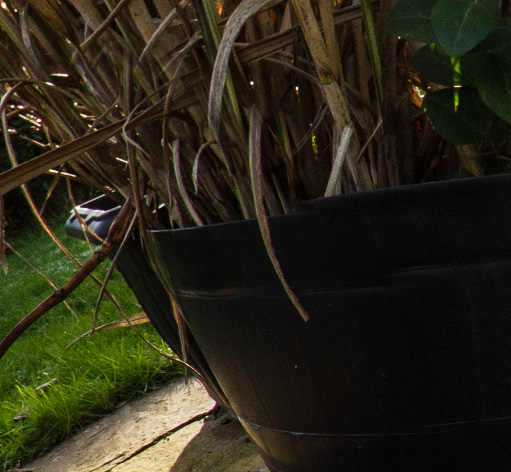
Here, although it is a bit dark, you can just make out the mismatch of the top of the plant pot.
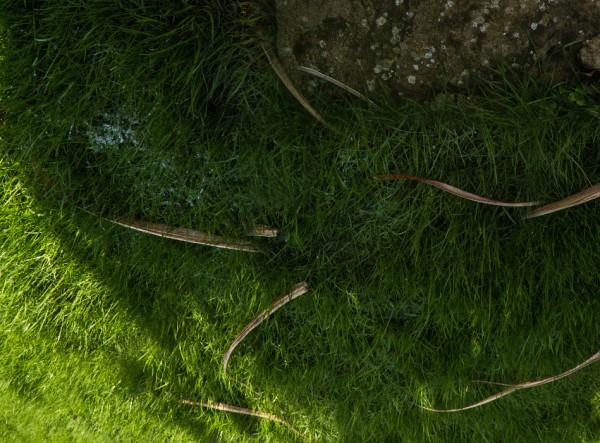
This shows some errors underfoot. Looking at the images, the old leaves on the ground had moved between some of the frames – there were just where I was working. I left them there hoping it would help the software determine where to join the photos, but with some of them moving, it spoilt it.
The whole purpose of the exercise is to try things out and learn, and I have learned a lot!
